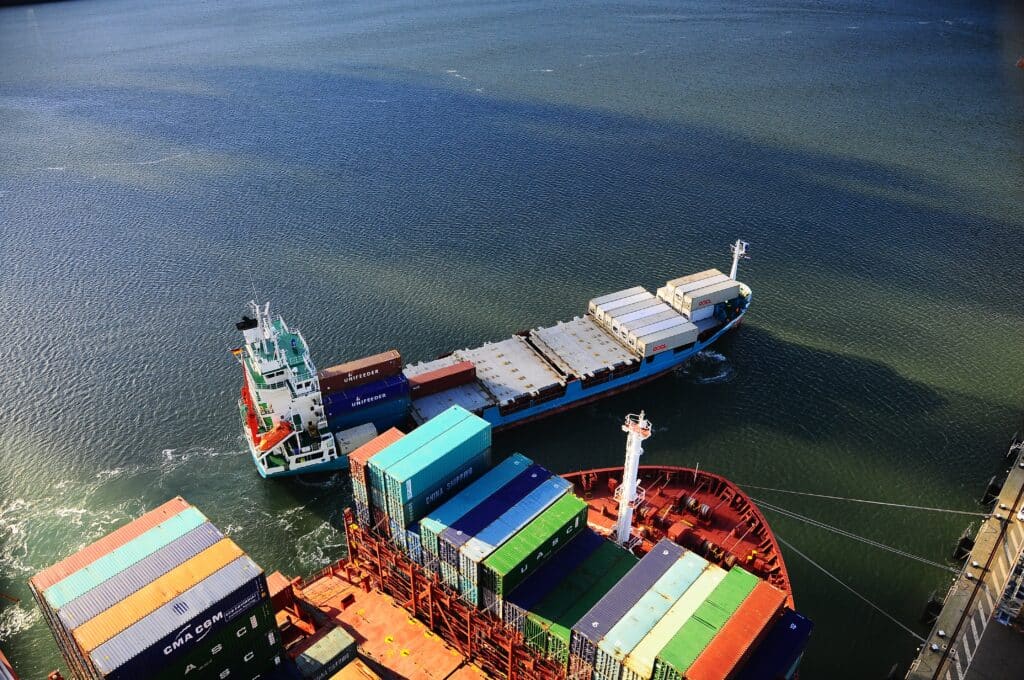Air freight
A very well-known and common modality, is air transportation. This modality is a fast, smart and secure manner to transport your goods within hours from one continent to another. Air cargo is very well suited to transport perishable and valuable goods. It is however, a costly method of transportation, but when time is of the essence for sure the most accurate modality. Keep in mind that, when using airfreight, additional rules and regulations apply, such as security screenings, and additional checks for hazardous goods. Not only the weight but also the space in air freight is calculated and weighed, making the calculation different from other modalities.
Road transport
Transporting your goods via road, a relatively cheap and secure modality that you frequently see in everyday life. However, when using road transport you might want to consider the high emissions that these trucks produce. Considering the environmental responsibilities we carry together, intermodal transportation might be good to consider, which can also positively impact costs when used strategically.
Rail transport
This modality is rapidly evolving as an (inter)-continental modality, for example to- and from Eastern Europe connecting with countries such as Russia and China. As the logistics and transportation sector shifts towards a greener way of transporting, using rail as an alternative to, for example sea freight. Rail transport is a faster modality than ocean, or sea transport and is perfect for transporting large, out-of-gauge, heavy goods and / or breakbulk. Rail is a pretty secure and relatively fast modality, however, the rail-network is not yet standardized throughout the entire European Continent. This results in different sizes in terms of width of track in for example Russia. The latter emphasizes the need for good communication with local parties, through a local partner with the right network.
Deep sea
Deep sea, or also ocean transportation is the most cost-effective, yet most time consuming mode of transportation. Ocean vessels are mainly used for intercontinental transport, It is often that sea containers are used in this modality, but especially for large, heavy, out-of-gauge and / or breakbulk cargo, sea transport is the most commonly used modality.
Short sea
Ports that are located in the same continent, to be reached over sea can be identified as Shortsea connections. From one main port to another within one continent, or from a main port to an outer port, short sea connections are endless and are often combined with rail connections, transporting the cargo further into the hinterland, towards its final destination.
Inland shipping
Shipping over inland waters, a modality that usually exists within one country or port area, for example the Belgium Netherlands Luxembourg area (Benelux). Inland shipping is used to move goods towards inland ports via inland waterways, which cannot be reached or sailed by large deep sea vessels or coasters.
Pipeline transport
The last modality might be somewhat different than the others, pipeline transportation is mainly used for transporting liquids and gases. Pipelines can also be used for transport of solids this is however, less common than the first two options. The advantages for pipe transport are mainly in the safety and big volumes it is able to handle. In terms of flexibility pipeline transport is pretty much unadaptable, as the infrastructure of the pipes is fixed. Therefore pipeline transport is commonly used in combination with other modalities, such as road transport.





